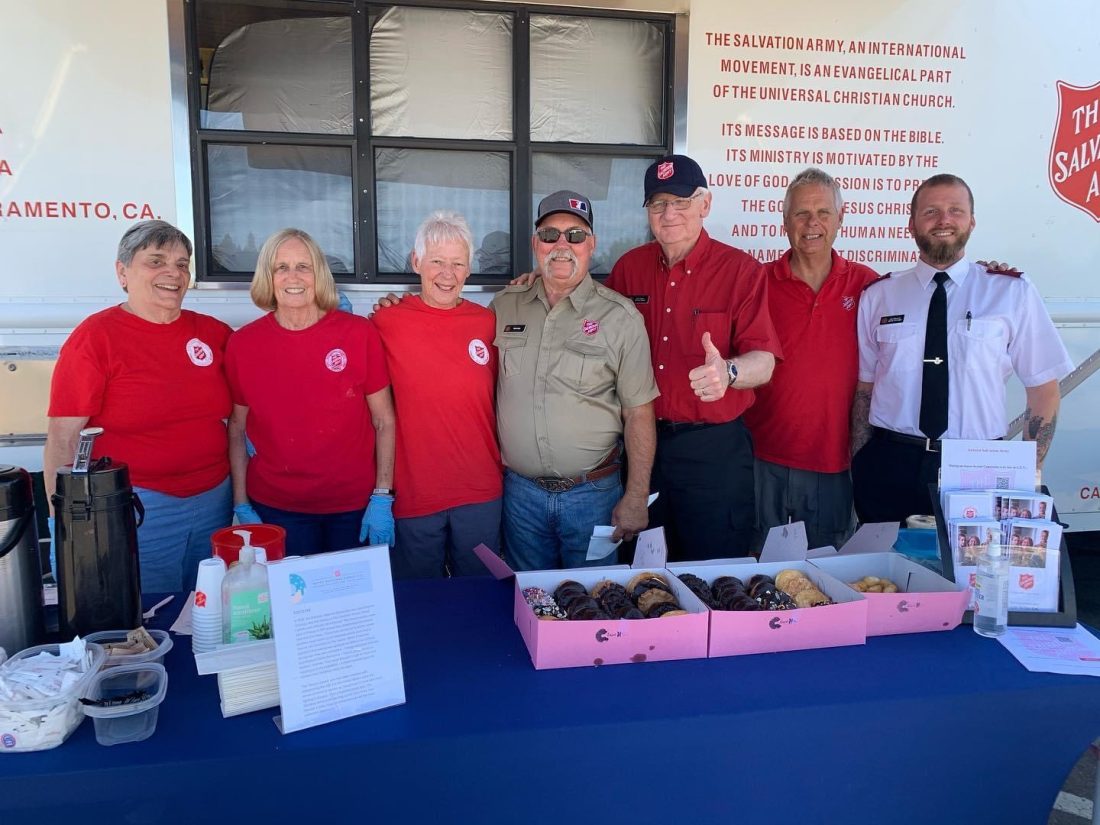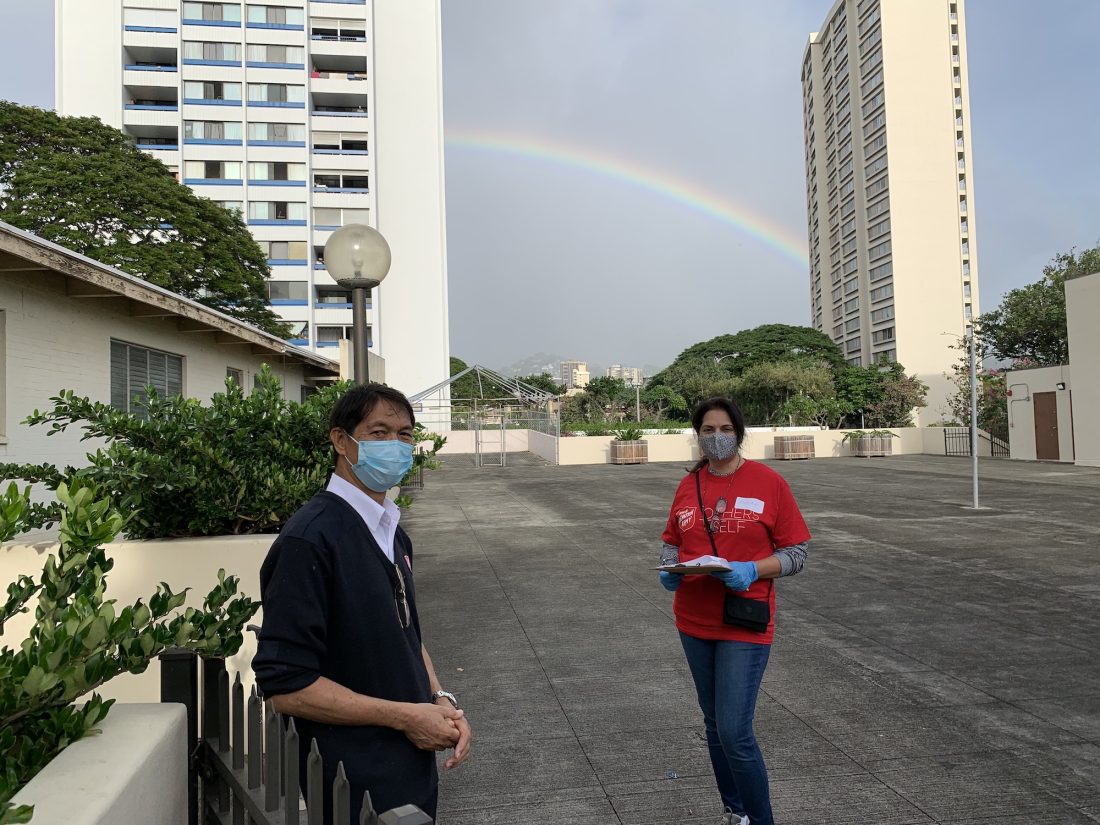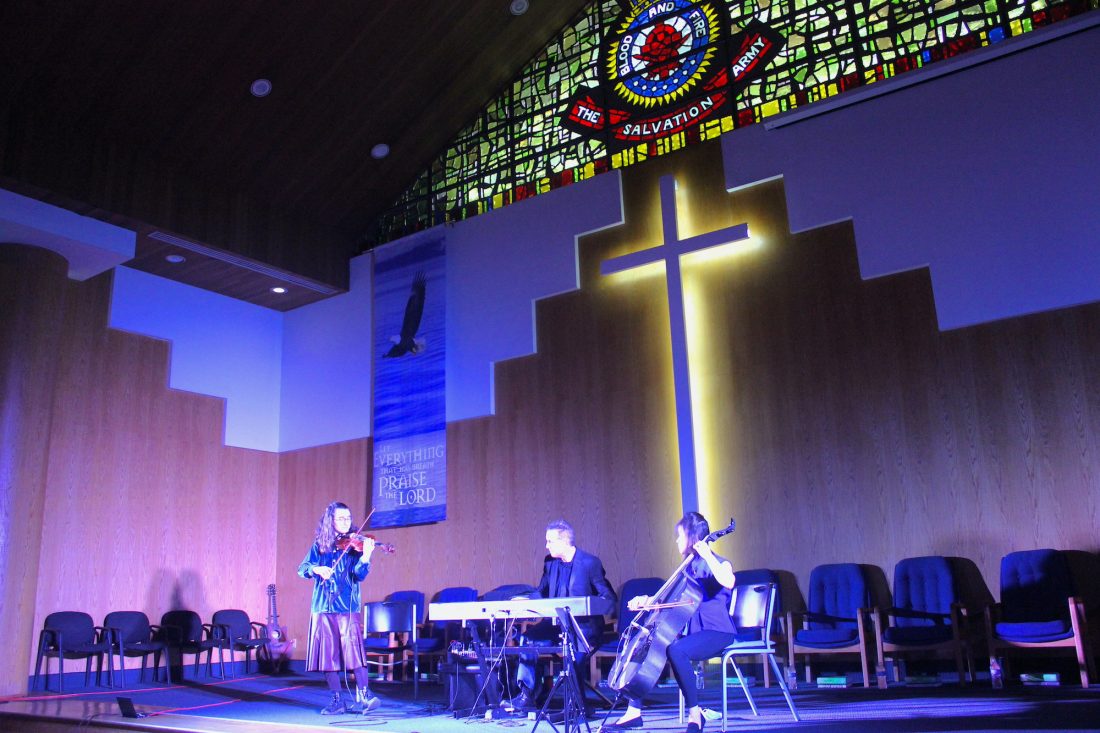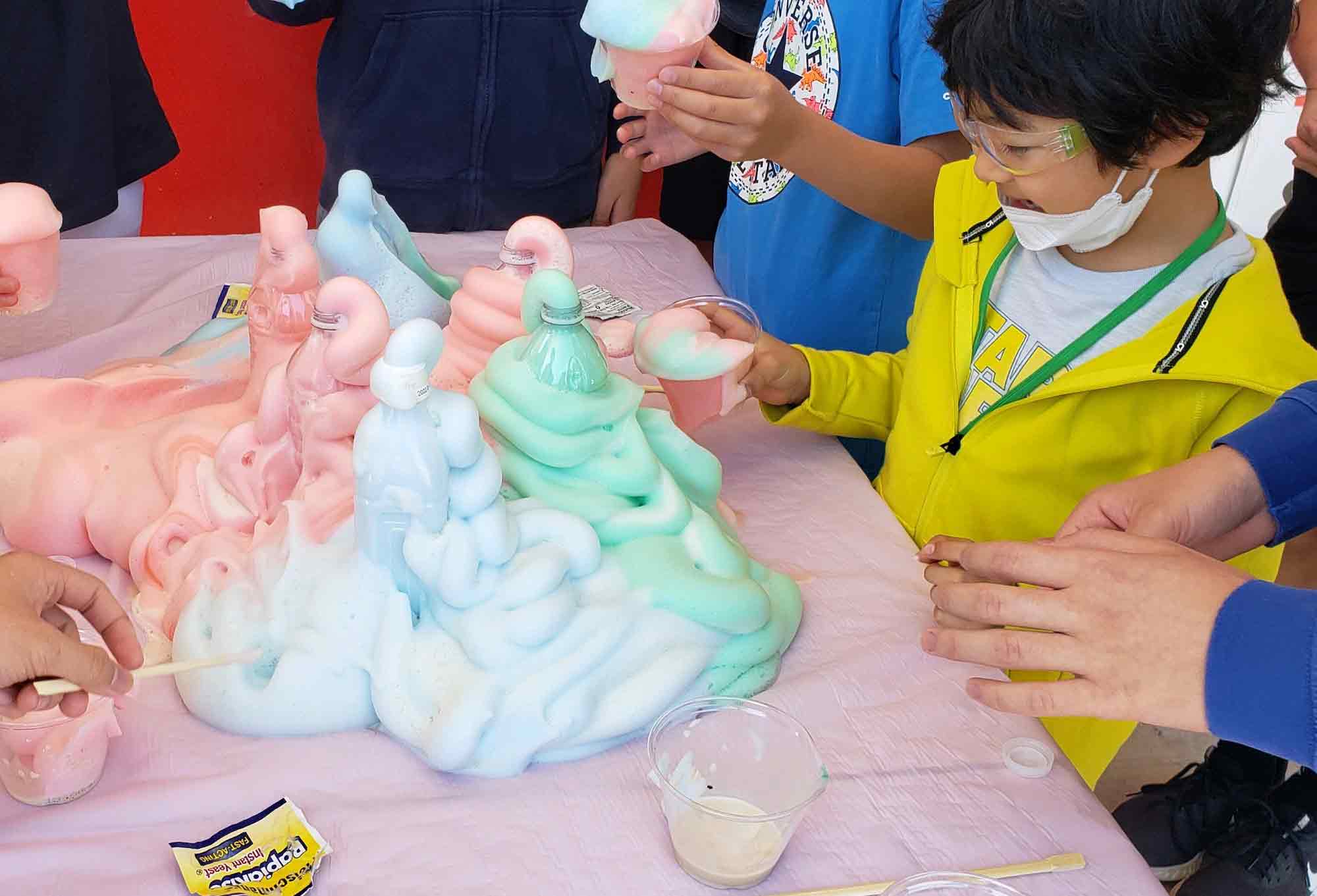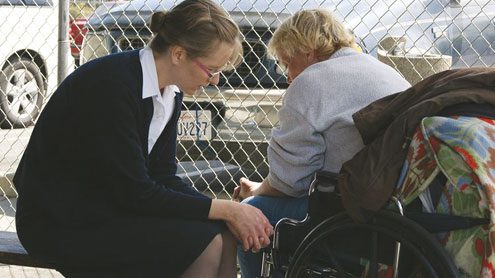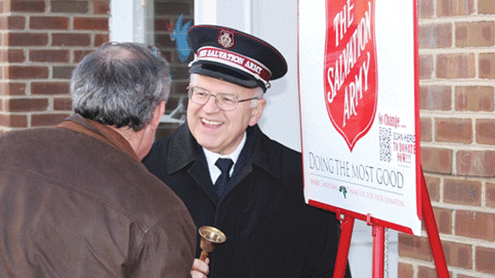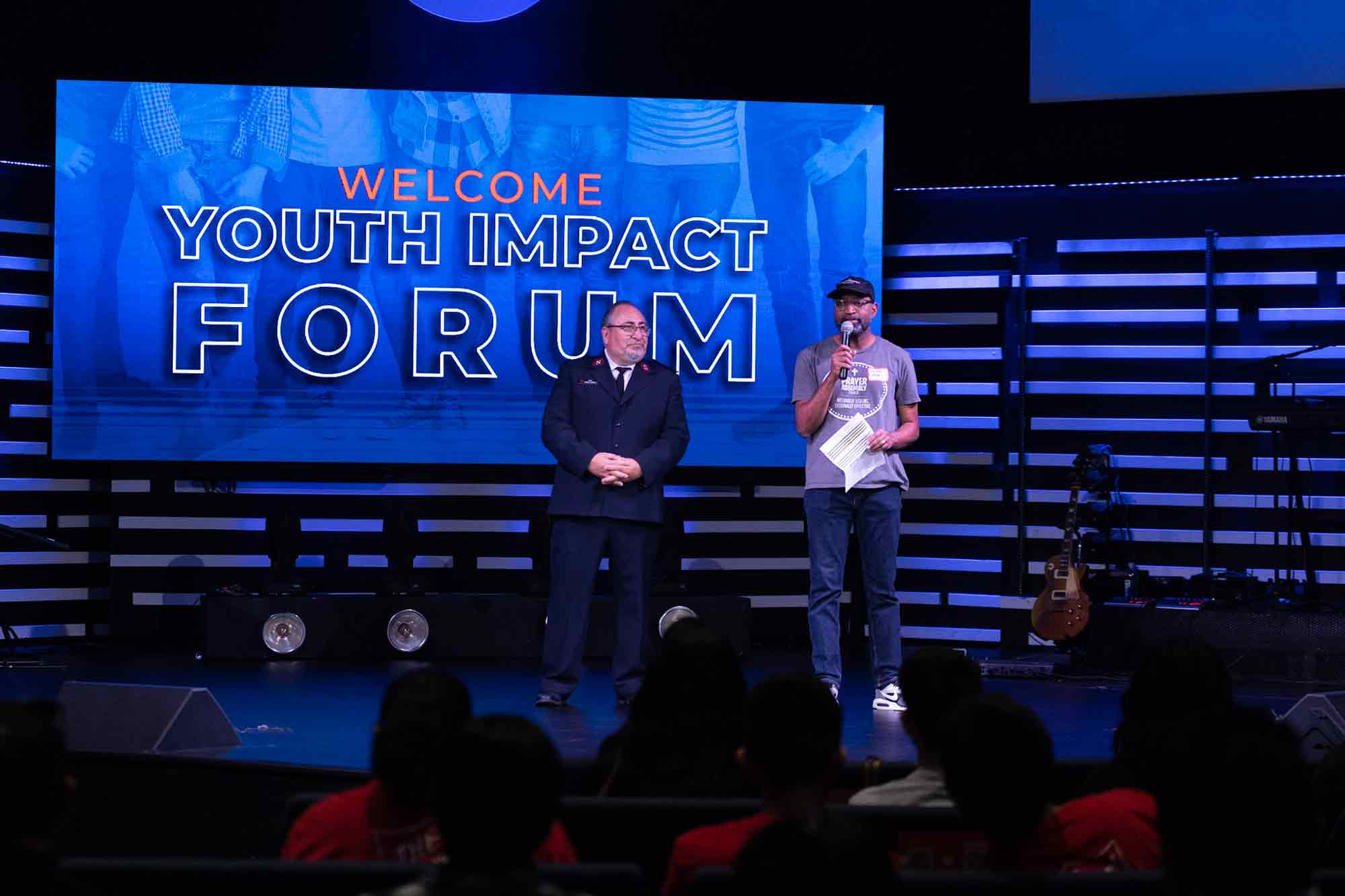Volunteers strengthen The Salvation Army’s Emergency/Disaster Services
Fires start, storms surge and earthquakes rumble—all without warning and all impacting millions of lives each year.
And while every disaster is unique and creates its own special needs, the heart of The Salvation Army’s Emergency/Disaster Services (EDS) is to meet the immediate needs of a survivor and the emergency responders there to help.
Those coordinating the effort—from food services to emergency communication, cleanup, social services and donations management—depend on dedicated personnel to respond to the need.
“I believe we can be called to many things in life. I was definitely called to emergency management,” said Patrick McGinn, EDS Director for The Salvation Army’s Del Oro and Golden State divisions, covering much of Northern and Central California. “God’s been just kind of guiding me ever since.”
McGinn, who previously worked for Americorps and the Federal Emergency Management Agency (FEMA) aiding in disaster relief, said he sees the EDS team as a ministry, not only for survivors but also extending to professional partnerships, which range from local organizations to federal authorities, and the volunteers who join in.
By starting meetings with prayer, for example, McGinn said the stress of his job becomes easier to handle. And yet, as he said, “You don’t have to be of any religion, or have any sort of beliefs to respond with The Salvation Army, you just have to want to help other people and to be flexible.”
It takes a certain kind of person, he said, to engage people on the worst day of their lives. Teri Lewis is one of those people.
After seeing the devastation caused by the 2018 Carr Fire in Shasta County, California, Lewis joined The Salvation Army EDS team as a volunteer coordinator. She had just retired from a career in real estate and “wasn’t quite sure” what she would do—until she saw the job posting.

Lewis began assisting those affected by the fire with early recovery efforts, an uncertain stage of disaster response when many people don’t know whether or not they lost their home yet, she said. In her role, she meets with disaster evacuees to discuss their situations and how The Salvation Army can help.
“So many of them, they’ve never gone through a disaster in their life,” Lewis said, “But it’s good to know that we’re able to be there to help them.”
It’s more than physical help, she noted, even describing her work as part of the “grieving process” for those she encounters.
“I can’t tell you how many times we all teared up—grown men teared up…emotional with the loss of pets, emotional with their whole life, everything they had and losing it,” Lewis said. “Everybody’s so thankful and so appreciative that you are there and that you care.”
Early recovery efforts eventually transition to long-term recovery—a stage that can last from several months to as long as a community needs. By working with local, state and federal government, The Salvation Army helps form a long-term disaster recovery plan that reaches beyond basic needs to help survivors rebuild their lives. Lewis said she has helped secure funding to install power poles after electrical damage caused widespread outages, get assistance fixing septic systems and clean water access, and tackle property damage.
Along the way, EDS teams depend on volunteers.
Those interested in volunteering take the first step by creating an online profile through The Salvation Army’s volunteer portal, volunteer.usawest.org. Next, volunteers are connected with their local Salvation Army officers.
Before deployment on EDS sites, volunteers complete an intro to EDS training course, followed by a canteen, or mobile feeding unit, operations and food safety course. Immediately following training, volunteers go out and apply what they’ve learned on disaster sites.
Canteen volunteers help to provide immediate food and hydration to the people who need it most. Volunteers help prepare, cook and serve food to those most affected by a disaster and the emergency responders there to help.
“One officer stepped ahead and thanked us. And I go, ‘that’s not necessary…I’m here to serve, not to be recognized,’” said Gary Koolhof, EDS volunteer and canteen lead, recounting an experience from the Paradise fires. “We leave lasting memories for what we do.”
Koolhof began volunteering with his local Salvation Army EDS team five years ago when he entered retirement.
“I had to fill in my time,” he said. “So I went out and really enjoyed serving and helping other people in times of need.”
According to a February 2021 survey by the National Institute for Retirement Security, nearly one-third of American workers said the COVID-19 pandemic prompted them to rethink retirement, with some opting to retire earlier. With more time on hand, the newly retired are looking for opportunities to do good and volunteering is a popular option.
As a canteen lead, Koolhof said he’s constantly trying to keep his team alert while thinking of alternatives in case any problems occur on site.
“I can’t afford to burn food because now I have to start over, right? And all these people are counting on it,” he said, noting operations run smoothly when a team works together and everyone feels they are valued and can contribute.
Koolhof also helps recruit new EDS volunteers—which is critical as EDS teams are almost entirely made up of volunteers. “Those connections can make the world of a difference,” he said.
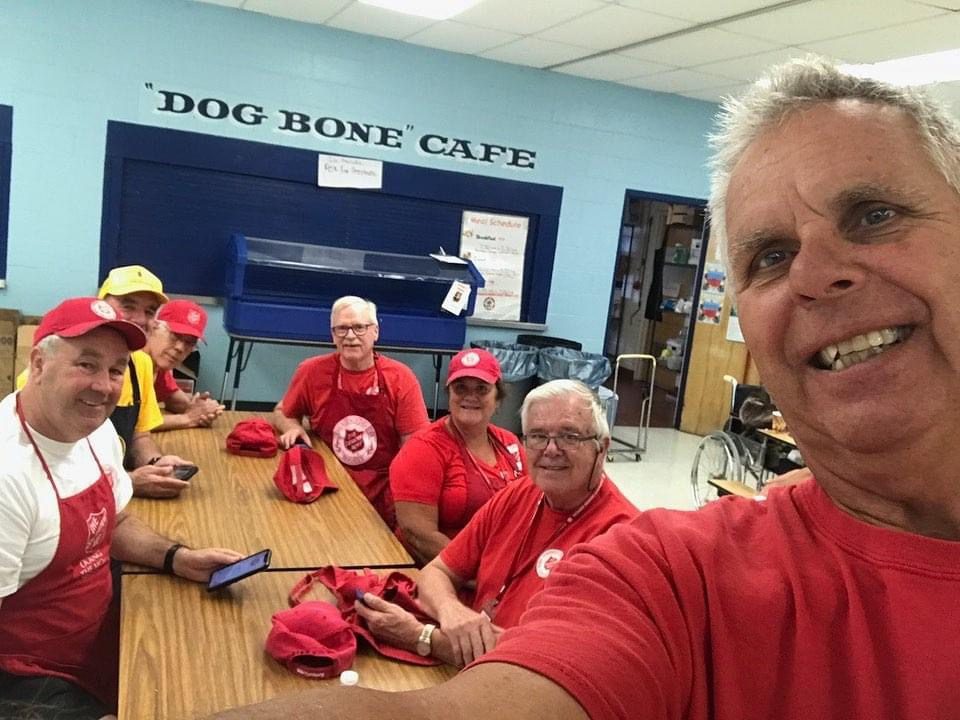
The Salvation Army aims to be prepared to arrive at any disaster site and stay until they are no longer needed. From March 2020 to September 2021, Salvation Army employees, officers and volunteers in the Western Territory served a combined nearly 1.2 million EDS volunteer hours.
In that 18-month period, The Salvation Army EDS teams delivered some 2.6 million hot and cold meals, more than 650,000 food boxes, plus millions of beverages and snacks. Overall, more than 10 million items were distributed, worth more than $81 million.
Across the West, EDS teams also helped provide rental and mortgage assistance as well as emergency lodging for evacuees.
Koolhof said at first it was the excitement of disaster work that kept him coming back. “No two rollouts are the same,” he said. Volunteers may not know where they’re going or what might be there when they arrive.
Every step of the way, The Salvation Army offers emotional and spiritual care upon request to survivors and emergency responders. It’s this “ministry of presence” The Salvation Army considers one of its highest honors.
“We just listen to them, just to hear their stories. And sometimes you just need to open up, and we’ll pray for them,” Koolhof said. “And to me, it’s a tremendous blessing to be able to be part of that.”
Do Good:
- See how The Salvation Army fights disaster.
- Get the Do Good Digest. (Because being a nice human always has a place in your day.) Join 21k+ people who care and get weekly inspiration sent right to your inbox.
- You can make an impact in the Fight for Good with whatever time and skills you have. Whatever your interest, there is a you-sized need for goodness in the world. Get the guide on How To Be An Impactful Volunteer and get in the Fight for Good today.











